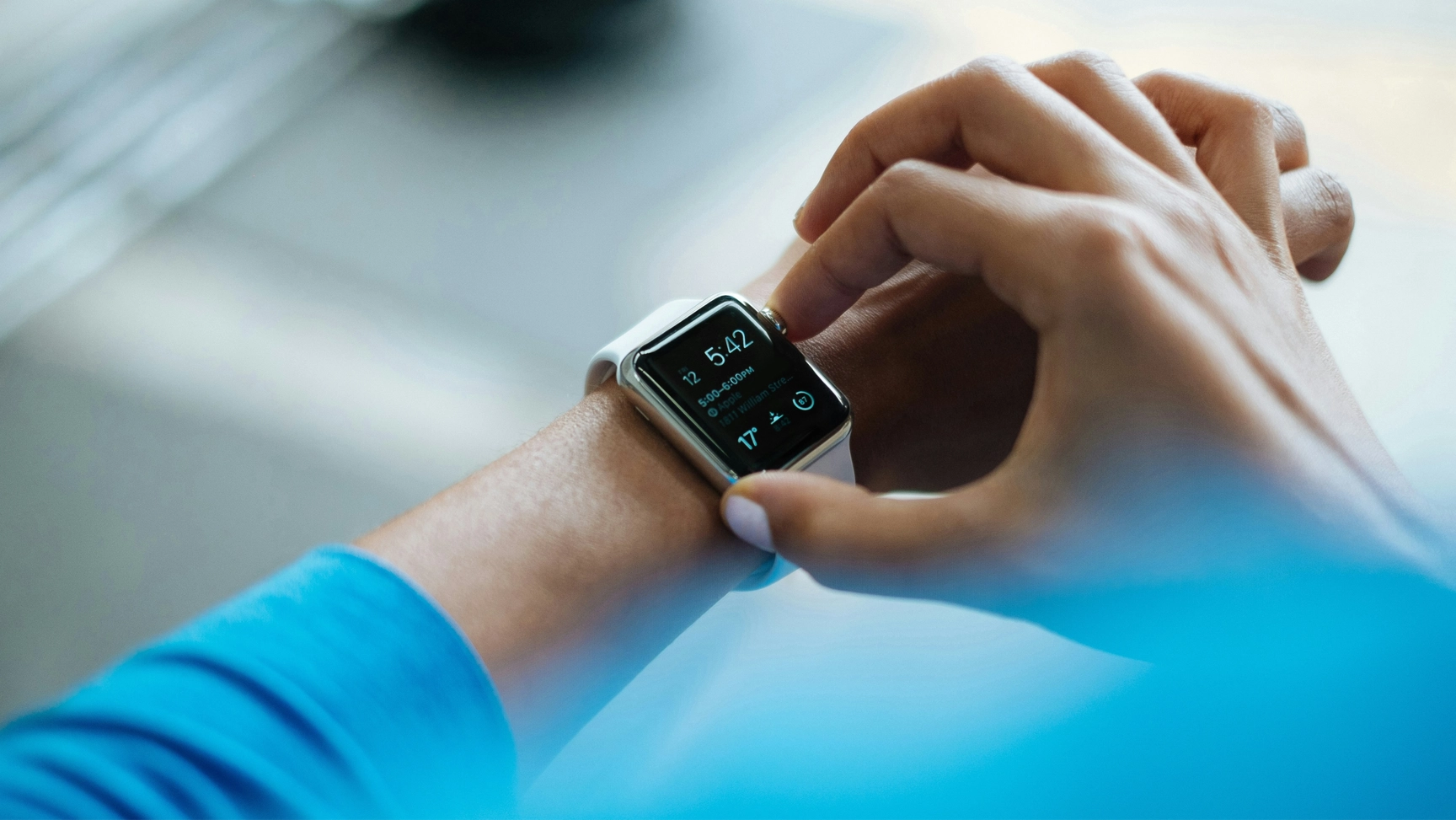6 key takeaways from connecting with healthcare leaders at ViVE & HIMSS
Mar 22, 2024 10 min read

Codal travelled to ViVE and HIMSS this year to learn about the wants, needs, limitations, and opportunities for healthcare professionals in 2024.
The Codal team is currently immersed in the world of healthcare, designing and developing websites and applications for pharmaceutical brands, medical device companies, and health and wellness retailers. We recently attended ViVE in Los Angeles and HIMSS in Orlando—two conferences focused on showcasing the most exciting emerging technologies in healthcare—to connect with industry leaders, attend workshops, and share some of our recent work.
To deliver the best for our clients, we’re dedicated to remaining on the leading edge of new trends and technologies in the space. So we packed our bags and traveled to LA, then to Orlando three weeks later to learn more about the wants, needs, limitations, and opportunities for healthcare professionals in 2024.
Here were some of our key takeaways:
The adoption of electronic health records (EHR) and health information exchange (HIE) services revolutionized the industry, enabling physicians and organizations to share data across various teams and locations, leading to improved care, communication, and outcomes.
Interoperability—or the exchange and utilization of information between two or more systems—is a never-ending project among CIOs, CTOs, and other healthcare IT specialists that want to drive efficiencies. Now, through advanced APIs and integration platforms, interoperability can be achieved on a whole new level.
However, legacy systems are often incompatible with modern solutions like patient portals, wearables, workflow management platforms, ERPs, and so on. Given the fast-changing nature of patient expectations and the industry as a whole, the inability to integrate these tools leads to a lack of technological development and scalability that healthcare organizations cannot afford.
But stakeholders themselves are often resistant to change, which makes sense given the urgency of protecting health data and complying with industry standards—not to mention a general lack of in-house technical knowledge and resources. Migrating from outdated, on-premise legacy systems to more flexible, cloud-based solutions can be a large undertaking, requiring a multi-phased approach with comprehensive technological analysis, strategic roadmapping, integration testing, change management, and more.
If improving patient outcomes is the main target of digital transformation in healthcare, then personalized care is the center of the bullseye. Leveraging one’s medical history, test results, and other individual patient information enables doctors and physicians to make more informed decisions, as well as facilitate a more effective patient experience from start to finish.
Localized health websites connect patients with qualified doctors in their region, personalized email campaigns provide tailored products and content based on browsing history, IoT-enabled mobile apps offer diet and exercise recommendations based on real-time user data, and the list goes on.
To achieve these personalization capabilities, healthcare providers need solutions that automatically collect and store massive amounts of protected health information (PHI)—in a HIPAA-compliant manner—then activate that data in the front-end experience.
Everyone’s talking about the current applications and future implications of AI in healthcare—and every other industry for that matter. Sure, there’s a lot of excitement around automating time-consuming tasks, eliminating human error, and providing more personalized care. But many stakeholders are only seeing the end result, not the path to get there.
To achieve the most advanced AI capabilities, like the kind we see with products like ChatGPT, healthcare organizations must first improve the quality and management of their data. At Codal, we call this “data readiness.”
When data is siloed across multiple disparate systems, effective applications of AI will always be limited. The solution here is to connect these disparate systems through API development, middleware solutions, data pipelines, and a centralized data warehouse where the AI can pull information from. As mentioned earlier, integrating these systems often requires an overhauling of outdated legacy systems.
Mobile health and wellness apps, wearables, and implantable monitoring devices allow patients to share valuable data with their doctors like heart rate, blood pressure, body temperature, and glucose levels in real time via IoT. Not only does this encourage data-driven clinical decisions for providers, but it also makes care more accessible for patients, particularly those in rural areas.
This is a huge step forward for healthcare. Remote patient monitoring technology makes personalized care—and better outcomes overall—more attainable for providers in all corners of the industry. But to realize its full potential, they need scalable solutions for collecting, centralizing, and visualizing PHI from IoT devices.
Virtual reality experiences—with 3D goggles and gloves providing sensory feedback—are playing an increasingly important role in a wide range of healthcare functions. Medical students can engage in zero-risk training, surgical teams can rehearse planned operations, patients can be distracted from pain when anesthesia is contraindicated, physical fitness professionals can gamify their routines, and the list goes on.
The application of VR by medical staff in hospitals has increased the demand for “digital twins”—or virtually rendered versions of people, places, and things. For example, a doctor getting ready for surgery could “operate” on the digital twin of a person’s organs, helping them to fully prepare for the real thing.
As health data becomes more accessible and mobile across cloud-based systems, cybersecurity threats have increased. For this reason, many organizations adopt a hybrid cloud approach, keeping sensitive data sequestered in on-premise systems.
For healthtech companies offering AI solutions, remote patient monitoring tools, and other innovative products that streamline the back office and personalize the patient experience, data protection will remain a constant concern. As eager as healthcare leaders might be to modernize legacy systems and centralize data, the threat of cyber attacks will continue to play a consequential role in their digital transformation.
If you’re one of the many healthcare professionals looking to modernize outdated legacy applications, improve interoperability, deliver more personalized care, and harness the power of innovations like AI, IoT, and VR, you need a digital transformation partner that understands these technologies, your organization, and the industry as a whole.
Enter Codal. We’re a global design and development consultancy that helps healthcare organizations solve complex problems and accelerate growth through elegant, data-driven digital solutions. On top of building cutting-edge, HIPAA-compliant websites, mobile apps, eCommerce stores, internal workflow management solutions, and other custom products, we regularly attend events like ViVE and HIMSS to grow our knowledge base and see where the industry is heading.

Explore our latest expertise on innovation, design, and technology, or connect with us directly to see how we can help accelerate your digital transformation.